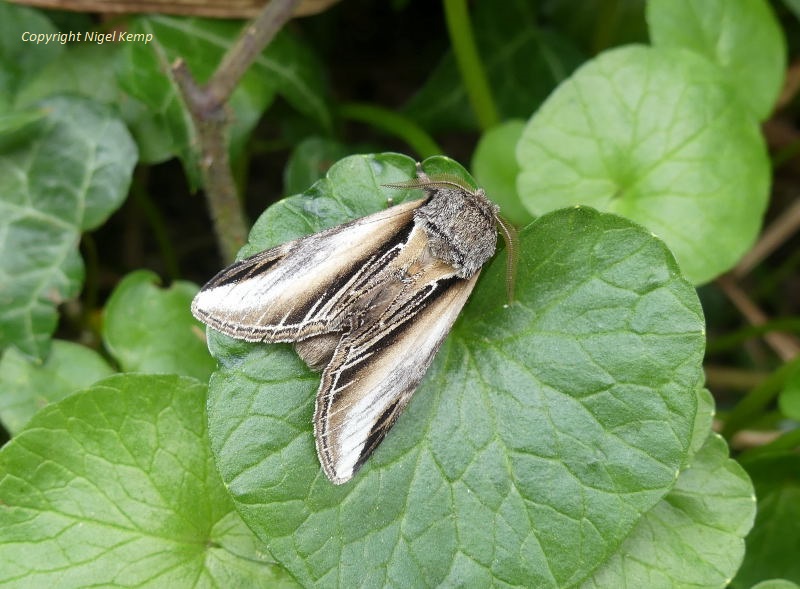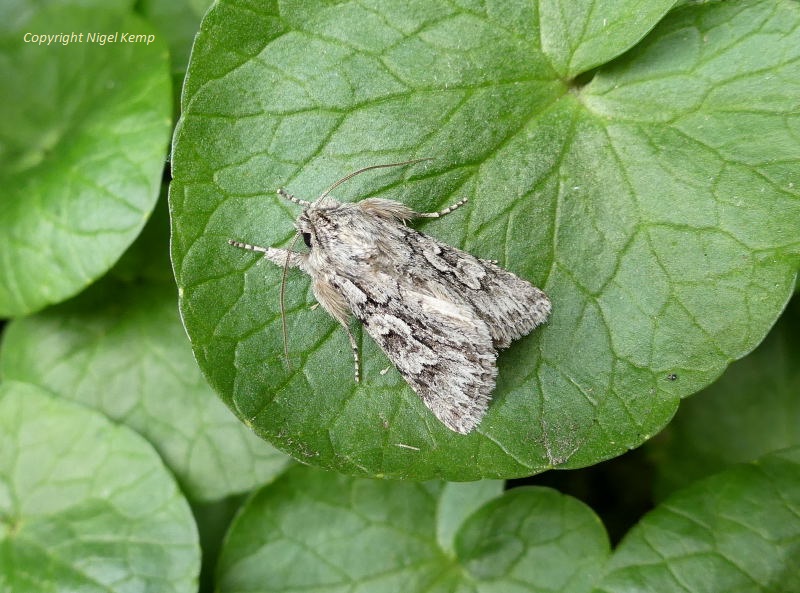Yes, I did hear my first Cuckoo of the year yesterday morning whilst I was sitting in the garden.
However, the 'cuckoo' that I am referring to is my first Cuckoo Wasp of the year.
When you take a close look at these tiny wasps, it is clear to see why they are also known as Jewel Wasps as they sport a sparkling blue, green and pink livery. I delight in watching them patrolling my house wall every year.
They are parasitic wasps that specialise in laying their eggs in the nest holes of solitary wasp and bee species.
Ruby-tailed Wasp (Chrysis ignita)
After removing the old crazy-paving outside my back door a couple of years ago to redesign the area, I decided to allow a newly created flower bed to re-wild itself. The intention is to selectively weed out the vigorous 'monster' weeds and allow the more delicate wild flowers to thrive. Garlic mustard is a food plant for Large, Small and Green-veined Whites as well as the Orange-tip and it is flourishing. I am eager to see what other butterfly foodplants might appear during the course of the summer.
A couple of days ago, a female Large White stopped off at the scrub meadow to lay her eggs under a garlic mustard leaf.
Large White (Pieris brassicae) (ovipositing female)
The resulting batch of ova.
A few more moths from the moth-trap this week.
Mullein (Shargacucullia verbasci)
Angle Shades (Phlogophora meticulosa)
Frosted Green (Polyploca ridens)




























